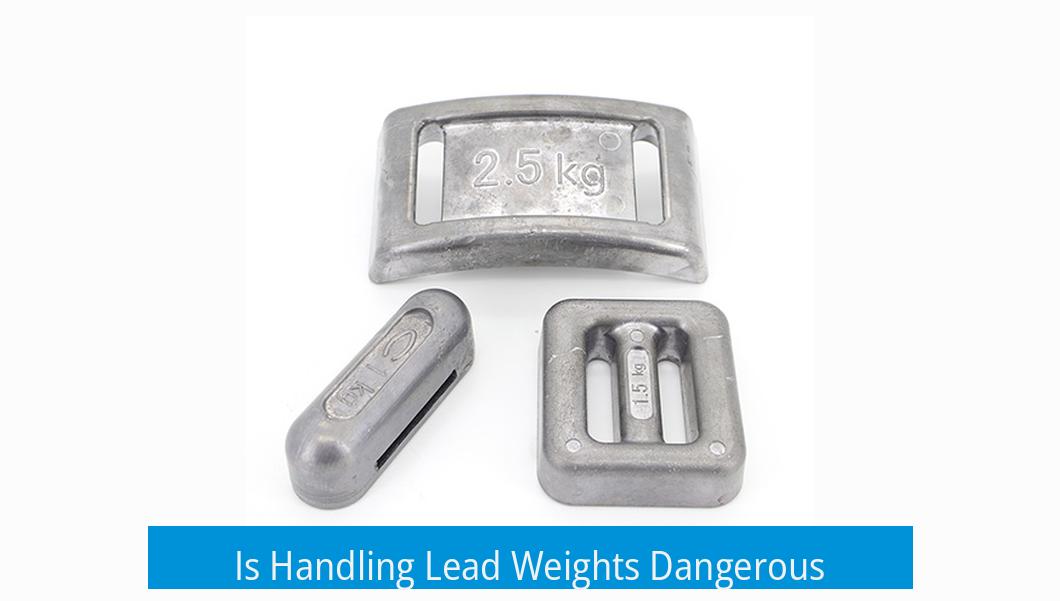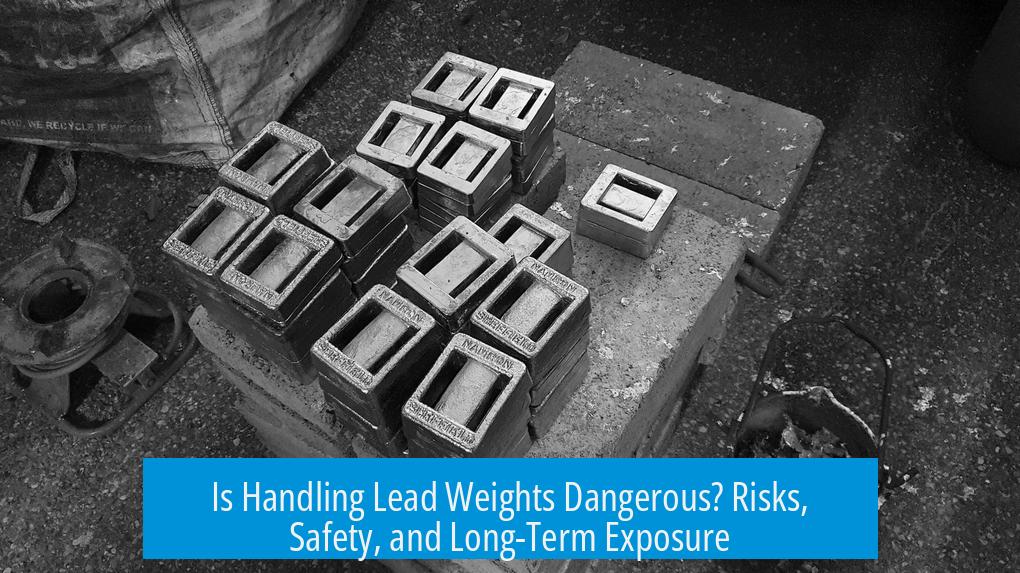Is Handling Lead Weights Dangerous?

Handling lead weights is not dangerous under normal circumstances, provided they are not ingested or handled extensively over long periods.
Physical Injury Risk
The primary danger in handling lead weights is physical injury from dropping them. For example, dropping a lead weight on the foot can cause bruises or fractures. However, this risk is no different from handling any heavy metal object.
Toxicity from Lead
Lead poses health risks mainly through ingestion or inhalation, particularly when dissolved in acidic water, such as from lead pipes. Handling lead weights does not transfer lead particles significantly to the skin. Therefore, simply touching lead weights does not pose a toxic threat. The main hazard arises if lead is ingested, which is highly unlikely during routine handling.
- Lead is harmful when ingested or inhaled, not through casual skin contact.
- People handling lead weights rarely face toxicity unless they eat the weights or work with lead daily in large amounts.
Safety in Normal Use
Historically, lead weights have been used for centuries without documented harm from mere handling. Educators routinely allow students to handle lead weights in educational settings, indicating that brief, occasional contact is safe.
Lead does not transfer easily to the fingers or skin during normal handling. It behaves similarly to other metals like copper or iron when touched.
Long-Term Exposure

Extended daily exposure to lead weights might pose health risks, especially if combined with poor hygiene or ingestion. For typical users, handling lead weights occasionally does not accumulate enough exposure to cause harm.
Summary of Key Points
- Lead weights are not dangerous to handle in normal conditions.
- Main risks come from dropping them and potential physical injuries.
- Lead toxicity occurs mainly through ingestion or inhaling dust/fumes, not skin contact.
- Long-term, frequent handling without precautions can increase risk.
- Historical and educational use supports their safe handling when used responsibly.





Leave a Comment